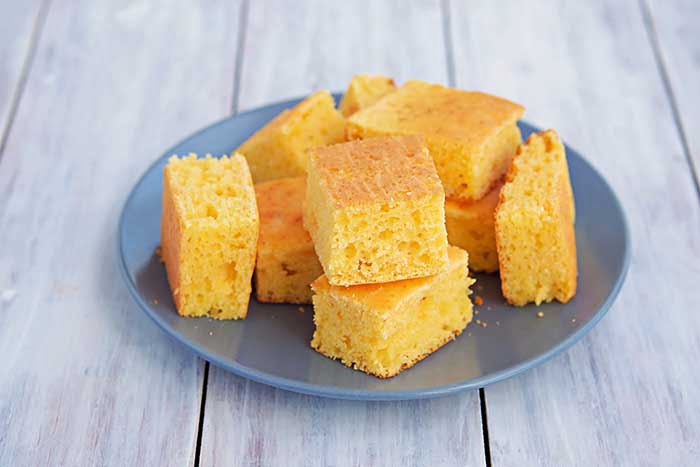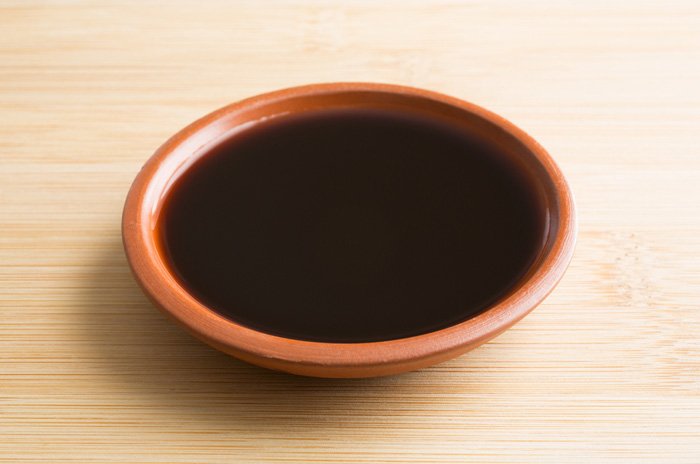The best mint leaf substitutes to use in homemade ice cream and cocktails. From basil to parsley, these are the best mint leaf alternatives to use today.
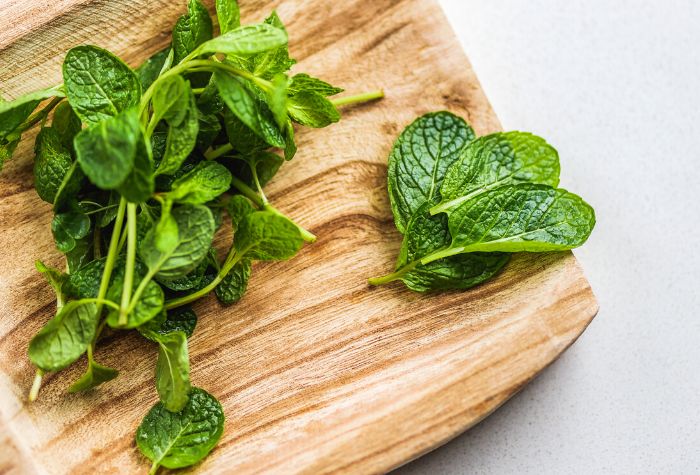
Did you wake up today planning on making a recipe with mint leaves only to find that you’re all out? If this is how your day is going, you’re probably asking yourself, what can I use as a mint leaves substitute?
Mint is a herb that’s commonly used in Vietnamese and Middle Eastern cuisine. It’s characterized by the deep green color of its leaves. There are many variations of mint, all of which have that signature strong aroma and invigorating flavor.
If you’re ever short of mint leaves at home, there’s a wide range of alternatives you can use in their place.
These replacements are herbs and extracts that include basil, peppermint extract, parsley, cilantro, rosemary, marjoram, and lemon extract. The substitute you’d select to use will depend on the recipe you’re making.
Basil
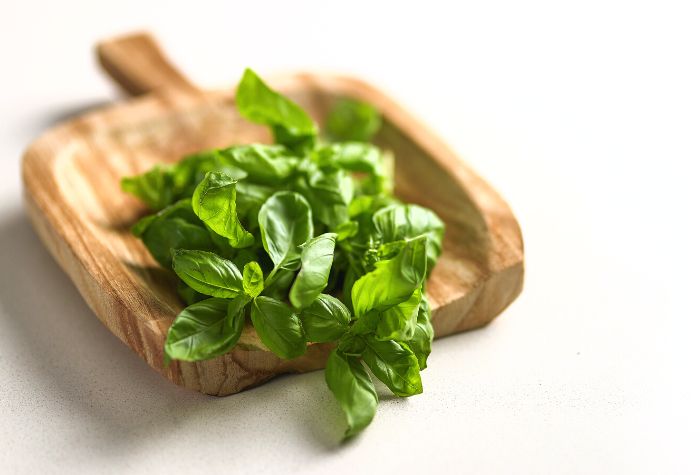
One great alternative to mint leaves is basil. This herb is incredibly useful and highly versatile, which is why you’ll find it in recipes from a wide range of cuisines.
The thing that stands out when it comes to basil is its potent scent. Having basil in your food makes it a treat for your sense of smell and tastebuds.
However, keep in mind that basil is a bit more potent in flavor than mint. Therefore, you should be careful not to add too much of it. One tablespoon of basil for every tablespoon of mint leaves should do the trick.
The most common use of basil is in pesto sauce, but you can also use it in soups and dippings for some extra flavor.
Peppermint Extract
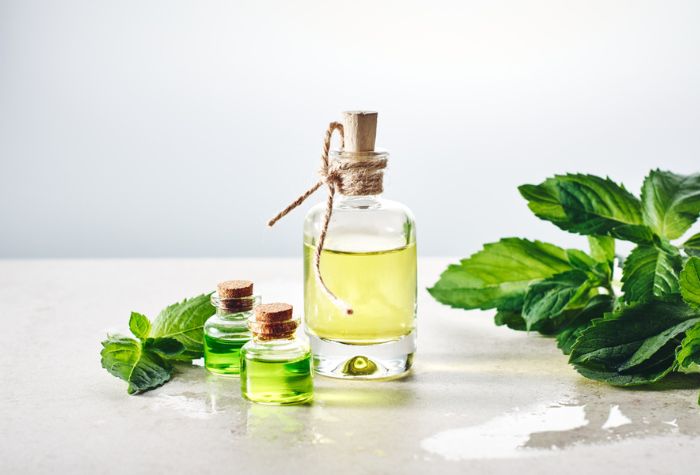
If you plan to use mint leaves in a dessert recipe, try peppermint extract.
However, you should note that not all types of peppermint extract are equally good as mint leaves substitutes. Natural peppermint extract tends to work better than its artificial counterpart.
Peppermint oil will also do the trick when you’re short on mint leaves.
When using peppermint extract instead of mint leaves, the ideal substitution rate is four drops of peppermint extract for every tablespoon of chopped mint leaves you’d usually use. If you’re using peppermint oil, then only one drop should suffice.
Parsley
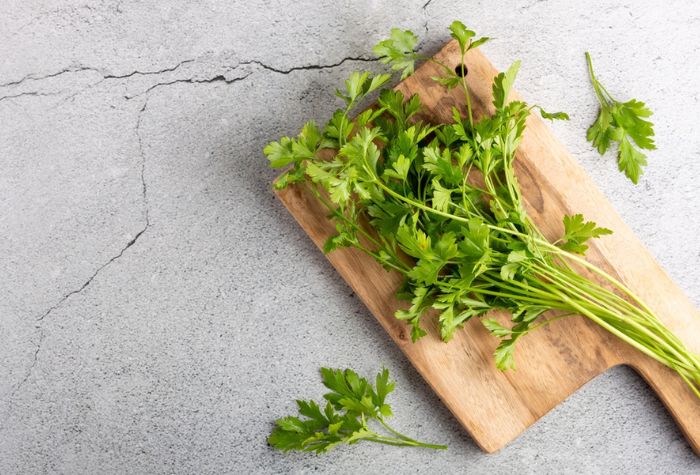
So, we’ve covered the best mint leave alternative for desserts. How about when you’re making savory dishes?
Parsley is one of the best options in this case. This is especially true when making soups.
One of the main advantages of parsley is that you can grow it at home and have it at a moment’s notice whenever you need it.
This isn’t to mention the amazing aroma and flavor that it adds to your food. It even brings out the flavors of the other ingredients in your dish and complements them to perfection. This is because its flavor profile stimulates all taste receptors on your tongue.
If you opt to go for parsley as your mint leaves substitute, we recommend using one tablespoon of chopped parsley for every tablespoon of mint leaves.
Cilantro
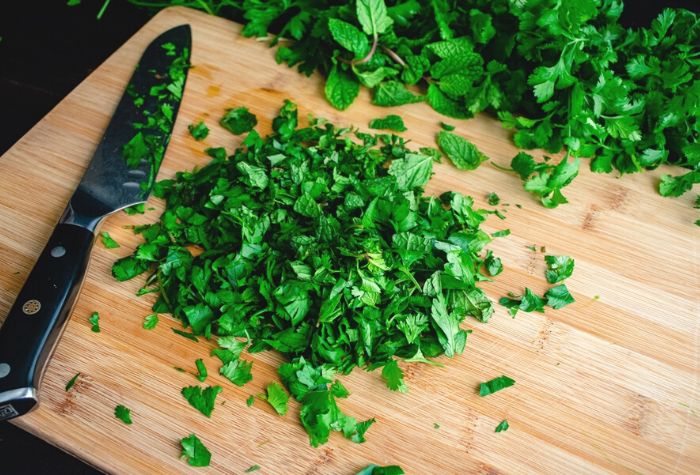
Cilantro, also known as coriander, is yet another excellent alternative for mint leaves that you can use in all sorts of recipes.
You can find cilantro at the grocery store in a variety of forms. It can be fresh, dried, or powdered. We recommend using fresh cilantro to get the best results.
You should also note that cilantro’s taste isn’t quite as potent as mint leaves. Therefore, you may need to add more of it to your recipe. We recommend using two tablespoons of cilantro for every tablespoon of mint leaves.
If you’re a fan of Mexican or Asian cuisine, you’ll be delighted by the element of flavor that cilantro will add to your food.
Rosemary
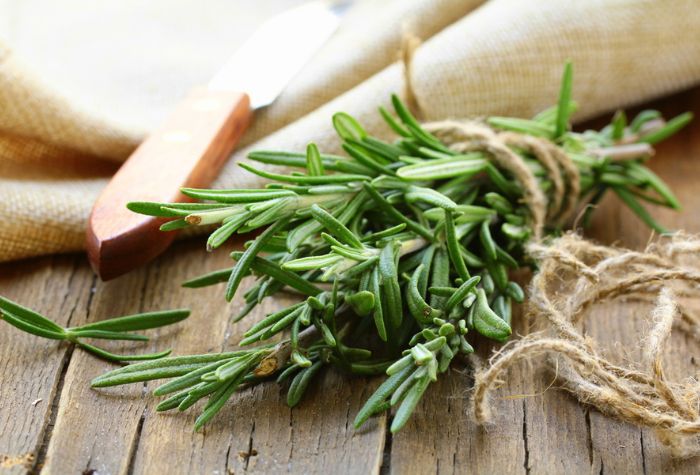
In addition to parsley, rosemary is also a great herb to use in place of mint leaves when making savory dishes.
This is especially true when you’re making a recipe that involves meat. Be careful not to add too much, as rosemary has a strong flavor that can be overwhelming. You might risk ruining your dish if you add too much.
We recommend adding no more than one tablespoon of rosemary for every tablespoon of mint leaves.
Marjoram
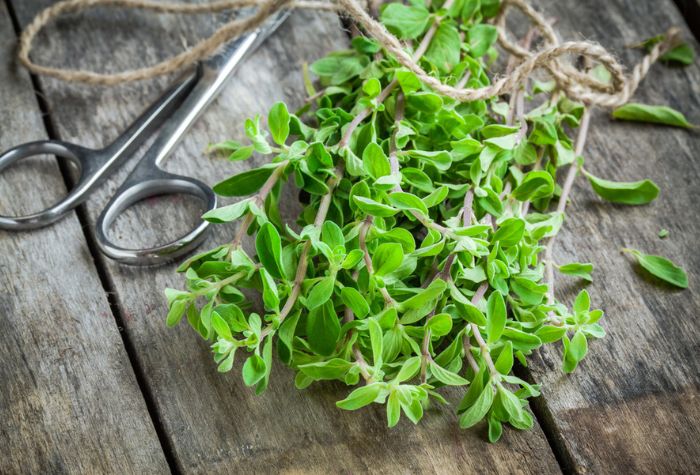
Since marjoram is a member of the mint family, it should come as no surprise that it works quite well as a substitute for mint leaves.
Marjoram offers a plethora of flavors that’ll enhance the taste of your dish and take it to new heights. Most people tend to describe the taste of marjoram as a cross between oregano and thyme. This is due to its bitterness and strong smell.
However, marjoram does lack a bit of that minty flavor. This is why it’s most commonly used as an ingredient to add an extra dimension of taste to stews and soups.
To get the best results, you should add half a tablespoon of marjoram for every tablespoon of mint.
Lemon Extract
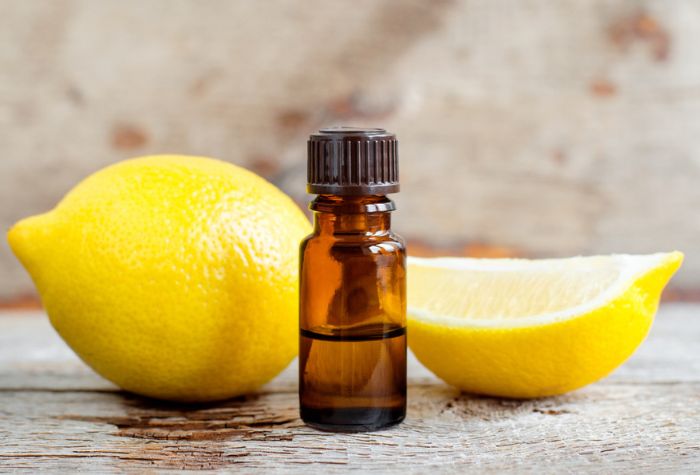
Last but not least, we have lemon extract. This zesty ingredient won’t make up for the absence of minty flavor, but it will give you some citrus freshness instead.
You can get your hands on some lemon extract in several ways. One source you can use is the peel from fresh lemons. You can also use lemon juice or dried lemons.
In all cases, you’ll be adding a great layer of flavor to your recipe.
We recommend exchanging mint leaves with lemon extract using a one-to-one ratio.
Storage and Preparation of Mint Leaves
When you do have mint leaves on hand, you’ll want to store them and correctly prepare them to maintain the potency of their flavor and aroma.
Here are some guidelines you should follow:
How to Prepare Mint Leaves
The first step in preparing mint leaves is to wash them well. Then, you should give them sufficient time to completely dry.
Next, you should pick the leaves off the stems and dispose of the stems.
You can use your mint leaves in a variety of forms. Using the leaves whole will give you a more intense dose of mintiness. On the other hand, chopping up your mint leaves will provide better flavor distribution.
Correct Way to Store Mint Leaves
Want your mint leaves to last longer and maintain their taste and smell? Here’s what you should do:
If you’re going to keep your mint leaves in the fridge, you should have them wrapped in a paper towel and placed in a zip-lock plastic bag.
Mint leaves will typically last for three to five days in these conditions. Of course, this is predicated on how fresh the mint leaves were when you initially bought them.
If you want to store your mint leaves for the long haul, your best option is to freeze them. You should follow the same procedure used for refrigeration. Frozen mint leaves will last indefinitely and will taste and smell just as they did on the day you bought them.
A third storage option for your mint leaves is to use your food processor to make mint oil. In its oil form, the mint will be good for weeks in the fridge when kept in an airtight container.
Health Benefits of Mint Leaves
Not only do mint leaves have an amazing aroma and flavor, but they also come with a variety of health benefits.
They’re packed with nutrients and they can improve brain function. Mint leaves can also do wonders for the stability of your digestive system.
